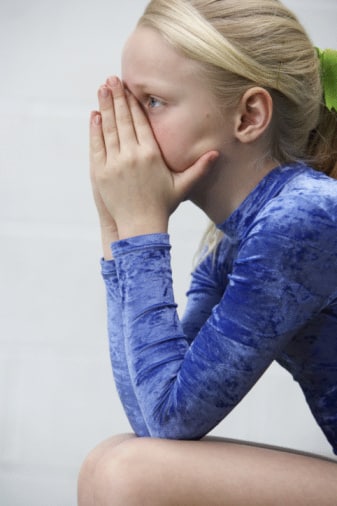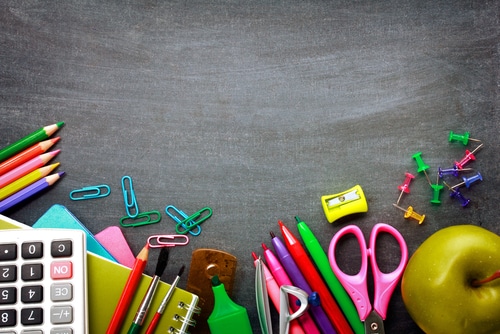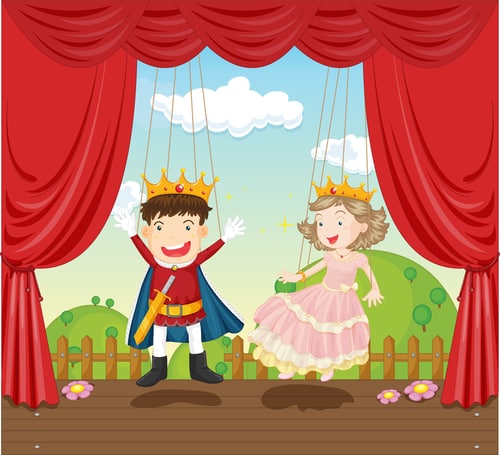Your Daughter Is Anxious But Your Son Isn’t
 If your daughter is a nervous wreck, that may say more about your bias as a parent than the old adage that little girls are just more sensitive.
If your daughter is a nervous wreck, that may say more about your bias as a parent than the old adage that little girls are just more sensitive.
While there is a definite gender gap when it comes to anxiety, Taylor Clark, author Nerve: Poise Under Pressure, Serenity Under Stress, and the Brave New Science of Fear and Cool speculates that parenting may have more to do with that statistic rather than biology.
Clark cites a UCLA expert who says that boys actually exhibit more emotional neediness as infants, but that girls soon exceed boys around the age of two (when most kids begin to learn gender roles, Clark points out). Until age 11, boys and girls experience the same likelihood of developing an anxiety disorder, and then by age 15 girls go off the charts with anxiety (teenage girls are six times more likely to develop an anxiety disorder).
Taylor posits that gendered parenting approaches rapidly catch up with these kids who have been groomed to react to emotional distress differently:
Parents coddle girls who cry after a painful scrape but tell boys to suck it up, and this formative link between emotional outbursts and kisses from mom predisposes girls to react to unpleasant situations with “negative” feelings like anxiety later in life. On top of this, cultural biases about boys being more capable than girls also lead parents to push sons to show courage and confront their fears, while daughters are far more likely to be sheltered from life’s challenges.
It should also be noted that“teenage angst” levels are increasing among female adolescents. Now, more than ever, girls are statistically more anxious about their appearance, academics, and future careers — particularly girls from lower socioeconomic backgrounds. Many young girls have reported a pressure to be “perfect” in all arenas, including friendships, sports, and extracurricular activities.
Telling your two-year old girl to “walk off” a scraped knee may in fact better prepare her for the road ahead, or at least make her only three times as likely to develop an anxiety disorder.






